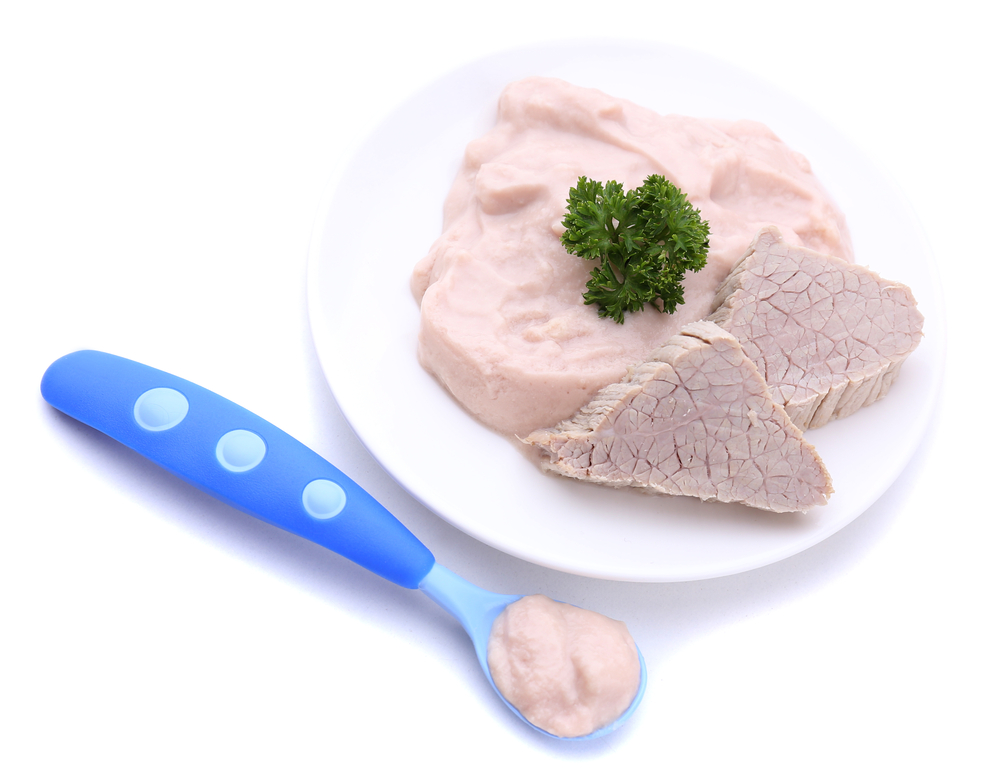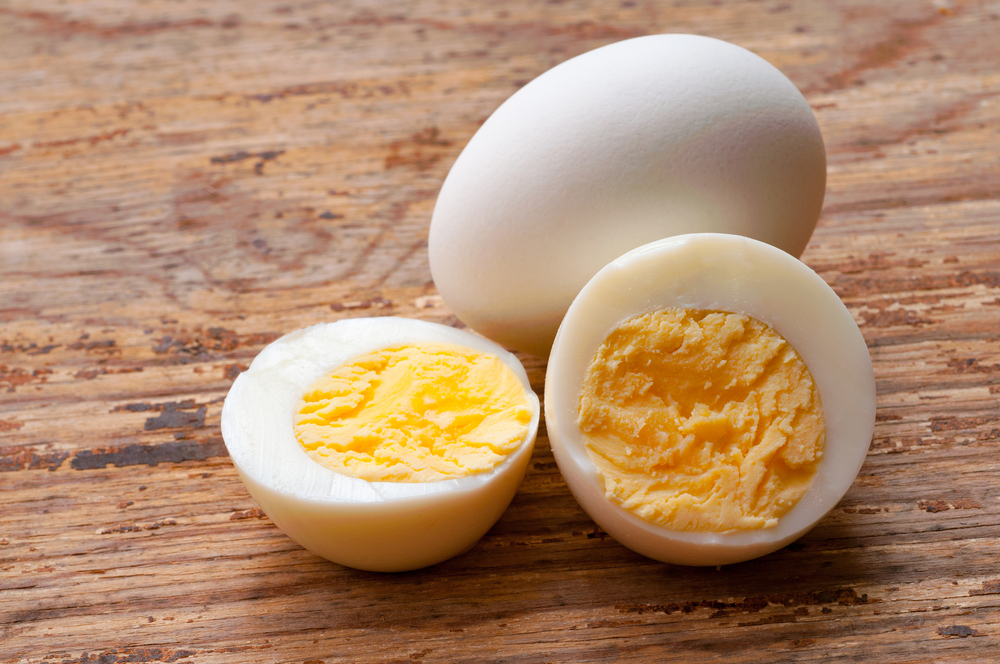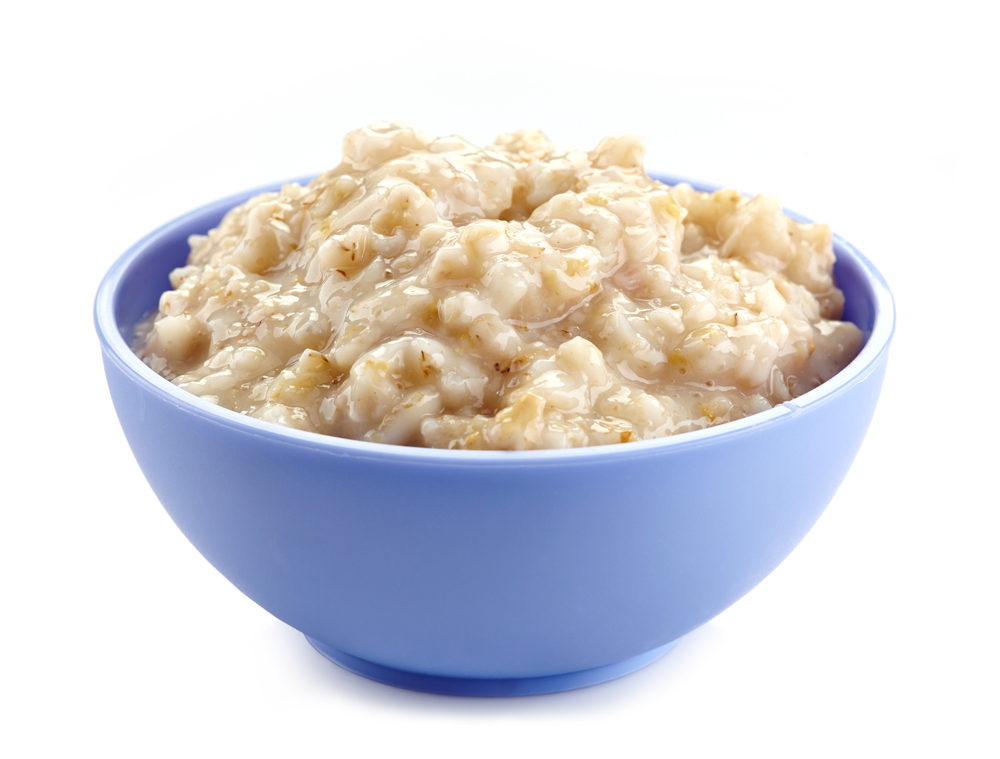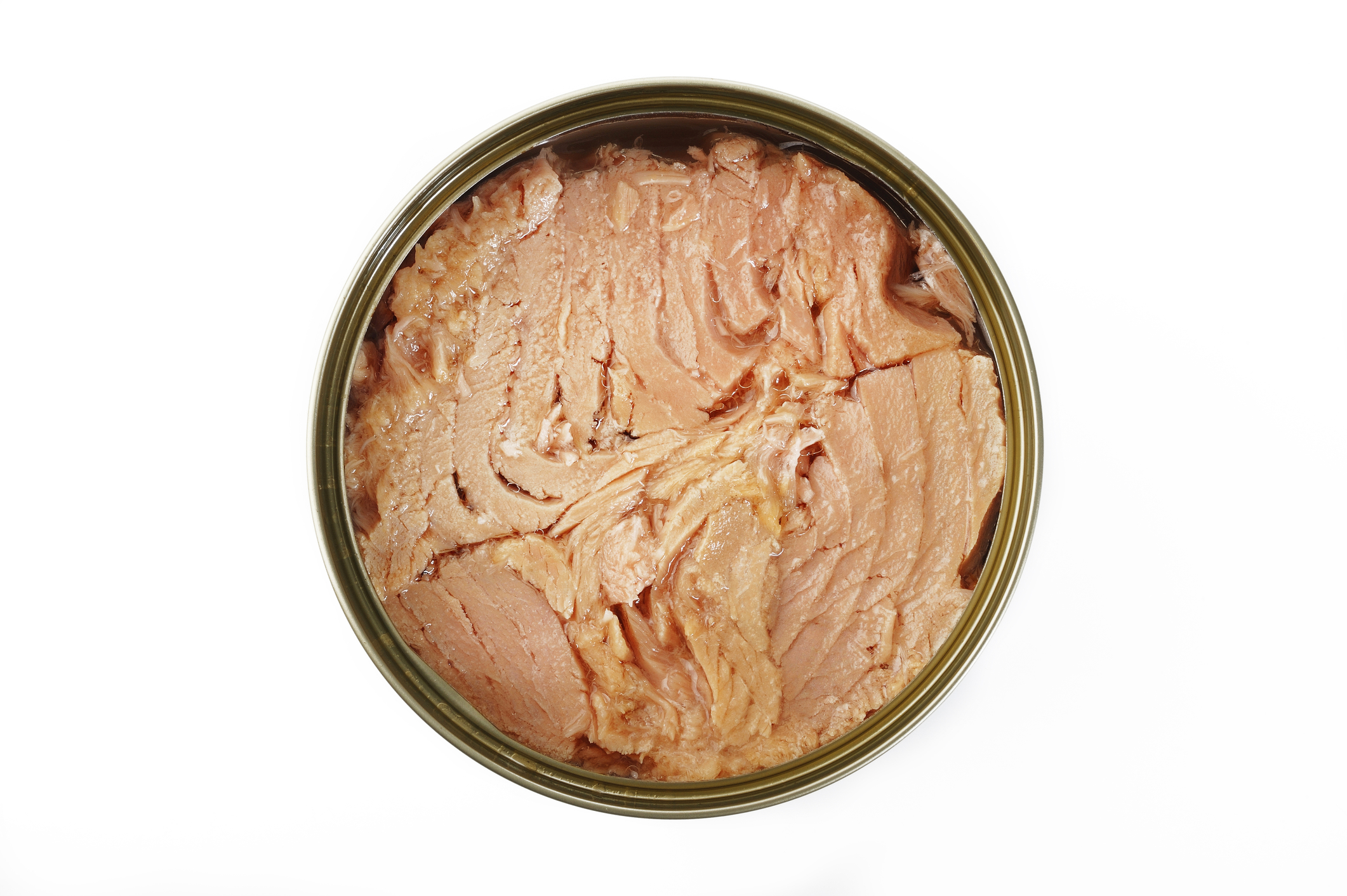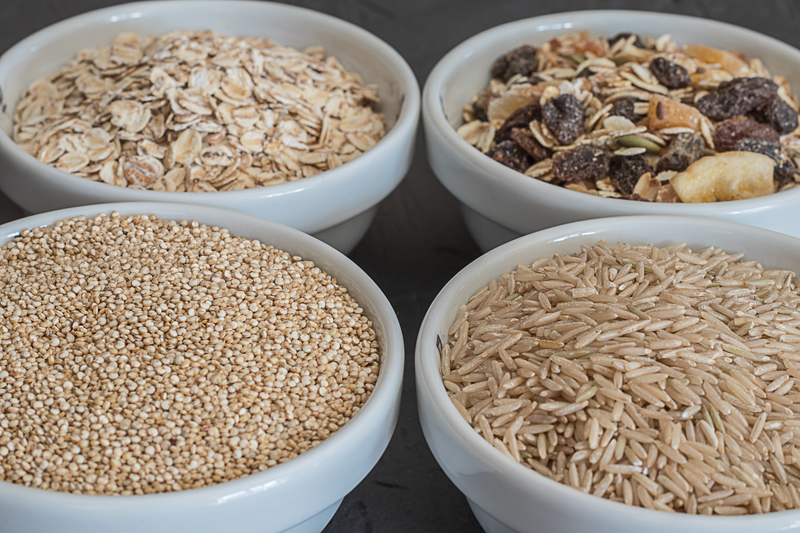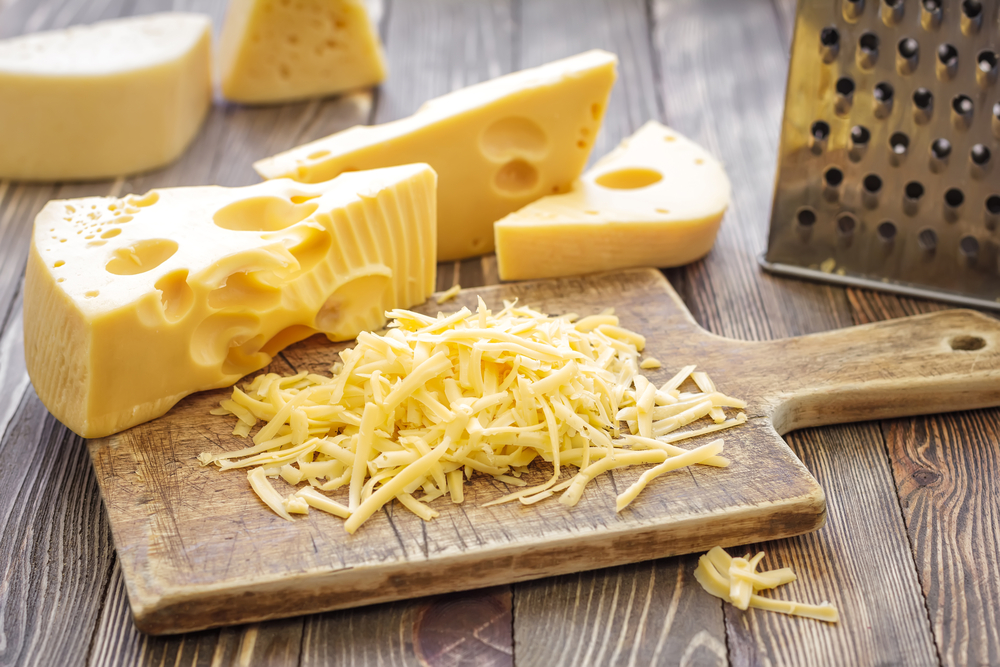Whether you are feeding your baby store bought baby food, homemade or a combination, introduce each food the same way.
- Start with iron-rich foods.
- Introduce one new food at a time. That way, if your baby develops an allergic reaction, you’ll have a better idea of what food might have caused it. When introducing a food that is a common allergen, wait two days before introducing another food that is a common allergen. For information on food allergies see our article, Wondering about Food Allergies?
- Start with one to two teaspoons of food and gradually offer more according to your baby’s appetite. Let your baby decide how much to eat.
- It can take 15 to 20 tries of a new food before your baby learns to like it. Offer new foods many times.
- Your baby’s first food will likely be pureed. After a few weeks, gradually change the texture. See our page on baby food textures for more information.
- Babies don’t need extra salt, sugar or other sweeteners.
- Try to avoid highly processed foods that are high in sugar or salt.
Safety Tips
- Before feeding your baby check the temperature of food to prevent burns.
- If you warmed it in the microwave, stir it well to prevent hot spots.
- As your baby learns to eat, they will sometimes gag and can be at risk for choking.
- The tables below have tips for preparing safe food for your baby. You can also see our page on baby food textures.
- Do not give your baby honey in any form (raw, pasteurized or cooked in food) until after their first birthday. Honey may cause botulism, a type of food poisoning that can make your baby very sick. Their immune system is not developed enough to fight it until after 12 months.
The tables below show examples of how to incorporate starting solids with breastfeeding/chestfeeding or formula feeding throughout the day from six to 12 months of age.
* formula, with iron
** iron-rich foods: poultry, beef, eggs, legumes, infant cereal
What foods have iron?
At six months, your baby should start with iron-rich foods because their iron level is becoming low. Iron is important for healthy red blood cells and brain development.
Once your baby is enjoying a variety of iron-rich foods, they are ready to try other foods such as vegetables, fruit, grains and milk products.
Check out this video from Nationwide Children’s Hospital on how to cut up foods that are common choking hazards like grapes, cherries and hot dogs.
Note: Other videos may be recommended by the host channel (e.g. YouTube, Vimeo). These suggestions may be based on your personal search history and other factors. The Manitoba Government does not control these suggestions and is not responsible for and may not endorse the content.
Note: Other videos may be recommended by the host channel (e.g. YouTube, Vimeo). These suggestions may be based on your personal search history and other factors. The Manitoba Government does not control these suggestions and is not responsible for and may not endorse the content.
References and more information:
Questions?
The Dial-a-Dietitian phone number is currently redirected to Health Links-Info Santé. You can leave a message with a nurse and a dietitian will return your call.
If you have a nutrition or food question, call Dial-a-Dietitian Manitoba at 204-788-8248 in Winnipeg or 1-877-830-2892. The Dial-a-Dietitian phone number is currently redirected to Health Links-Info Santé. You can leave a message with a nurse and a dietitian will return your call.



